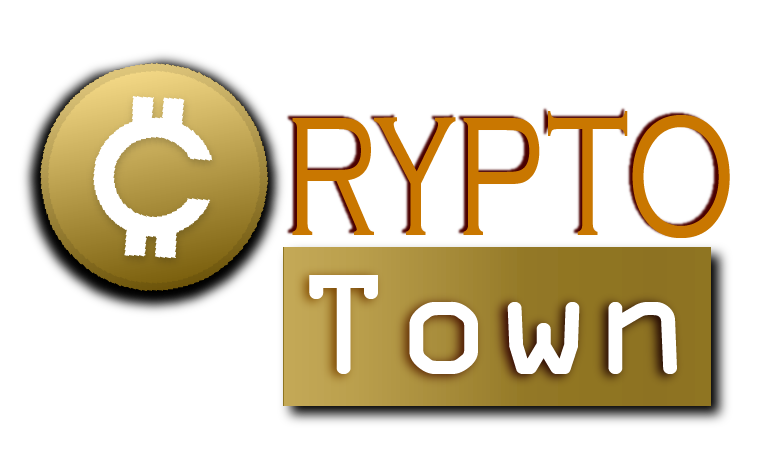How much does it Cost to Build an NFT marketplace?
Almost every Internet user would have come across the term “Non-Fungible Tokens” (NFTs). It has received a lot of media coverage both in the crypto market and mainstream economy. Further, Crypto collectibles have a humongous market capitalization of $18.14 billion as per CoinMarketCap. They also have a daily trading volume of $2.60 billion. Let’s look at How much does it cost to build an NFT Marketplace
What is an NFT marketplace?
An NFT marketplace sells a wide variety of high-value crypto collectibles to investors through auctions. Buyers can purchase different kinds of artwork, domain names, fashion accessories, gaming assets, memes, metaverses, music (both albums and tracks), photographs, software licenses, sports goods, trading cards, tweets, and videos from the online platform by making bids.
OpenSea ($1.45 million), Axie Infinity ($1.26 million), NBA Top Shot ($1.06 million), AtomicMarket ($850,840), and Decentraland ($789,670) have high trading volume as per DAppRadar.
AtomicMarket (20,585), NBA Top Shot (19,380), Axie Infinity (2860), OpenSea (2569), and Sorare (1979) have the highest number of traders.
What must entrepreneurs know before developing an NFT marketplace?
Binance Smart Chain (BSC), Cardano, EOS, Ethereum, Flow, Polkadot, Solana, Stellar, and TRON help in the creation of different NFT marketplaces.
Besides that, investors store crypto collectibles in secure digital wallets like Brave, Coinbase, Dapper, Fortmatic, MetaMask, MyEtherWallet (MEW), Portis, Torus, Trust Wallet, WalletConnect, and WalletLink.
Moreover, entrepreneurs can ensure a high level of safety and transparency on the online platform by conducting Know Your Customer (KYC) and Anti-Money Laundering (AML) verification of all the artists and buyers.
Artists, content creators, celebrities, fashion designers, filmmakers, game developers, journalists, musicians, photographers, property developers, publishers, social media users, software developers, and sportspersons are the biggest sellers of NFTs.
How does an NFT Marketplace Work?
Content creators and investors have to register on the crypto collectible selling platform. They undergo KYC/AML verification. The admin approves their accounts after verifying the data. The artist uploads a file of their unique work on the NFT marketplace. They use different formats (JPEG for memes and photos, and Mp3/Mp4 for videos).
The NFT marketplace automatically mints it as a digital collectible. Details of the accepted payment methods, a banner image, bidding deadline, description, name of the NFT, price, and tags are mentioned. The artists can also update their profiles with photos and social media account links.
Content creators can choose between declining-price listings and fixed-price listings for selling their precious NFTs to crypto enthusiasts.
Interested buyers place their respective bids after the start of the auction. Subsequently, artists review all the received bids and select the best offer based on their business requirements.
The content creator informs the concerned buyer about the acceptance of the NFT trading deal. The buyer makes the needed payment to the seller. Sellers receive the required payment in his/her crypto wallet.
Sellers transfer the NFT directly to the buyer’s digital wallet. Finally, the NFT marketplace completes the trade successfully.
What are the must-have features in an NFT Marketplace?
Live auctions – Many NFTs can be sold to prospective investors through the Live auction option. It contains information like names of the NFT and seller, payment methods to use, a photo, price, number of bids made by other buyers, and time left for bidding.
Trending Collections – Certain NFTs get a high selling price if they are showcased in the Trending Collections section. Useful insights like average price, characteristics of the crypto collectible, name of the seller, total supply, and trading volume are shared with interested investors.
Acceptance of numerous payment methods – Apart from popular crypto wallets like MetaMask and MyEtherWallet, an NFT marketplace will strike gold in the market by accepting payment options like credit cards, debit cards, net banking, and wire transfers from buyers.
Provision of 24×7 customer support – Entrepreneurs can boost their retention rate by offering round-the-clock technical support services to content creators and investors. This ensures that all issues related to bidding, payment processing, and trading are solved quickly.
Sharing of instant notifications – Investors make the best NFT purchasing decision by receiving the latest information through email alerts and push notifications. Additionally, they will know real-time data about the launch of hot collections, new NFTs, and upcoming auctions.
What are the top 3 trending NFT marketplaces in the industry now?
CryptoSlam – It operates on the robust WAX blockchain network. CryptoSlam offers real-time purchase options for investors. Buyers can deal in crypto collectibles listed on both the Ethereum and Flow blockchain networks.
It also shares a detailed list of the top-selling NFTs sold on CryptoKitties, CryptoPunks, Gods Unchained, Meebits, NBA Top Shot, and Sorare. Overall, CryptoSlam tracks the performance of 50 different NFT marketplaces across 3 blockchain networks.
Waxplorer – It is an NFT explorer that runs on the WAX blockchain network. Waxplorer has processed 48,790 peer-to-peer (P2P) transactions in the last 1 month. It sells NFTs as individuals, collections, and packs through active listings to buyers.
Myth.Market – It has grown significantly in the last 1 month. The online platform processed 8680 P2P transactions worth a trading volume of $4230. Myth.Market sells popular digital trading cards to investors through 5 Featured Markets. Buyers can purchase NFTs from Blockchain Heroes, GoPepe, GPK, KOGS, and Shatner markets on the WAX blockchain network.
How to build an NFT Marketplace?
An NFT marketplace development company creates a crypto collectible selling platform in just a few days or weeks. It includes stages like business analysis, market study, UI/UX designing, deploying the smart contract on the blockchain network, adding all needed features in the front-end and back-end, testing its performance and security, launching the NFT marketplace, and implementing aggressive digital marketing campaigns.
Bug fixing, issue of software upgrades, maintenance, and technical support are also available. They denote the post-deployment services as part of NFT marketplace development solutions.
NFT Marketplace development Cost
The total cost of creating a modern NFT marketplace depends on factors like features, the overall level of customization, hourly rate paid to developers, tech stack, time taken for development, and third-party API integration.
Wrapping Up
Above all, the crypto industry is thriving now with the entry of new NFT marketplaces like Artemis, AvatarArt, Binance, Bundles, BuyUcoin, Collectible, eBay, Elitium, Hoard Exchange, KWON, LATOKEN, Nafter, VANCAT, and xSigma.
This indicates bright times for entrepreneurs aiming to set up their own NFT marketplace. Nonetheless, they can pocket huge revenue from auction fees, bidding charges, charging a commission from content creators for every primary and secondary sale of NFTs, gas fees, listing charges, minting fees, registration charges from artists and buyers, and transaction processing fees.
Hence, you can join hands with a reputed NFT marketplace development company now and get positive business results soon.
Also Read: 3 NFTs Worth Investing In Right Now

